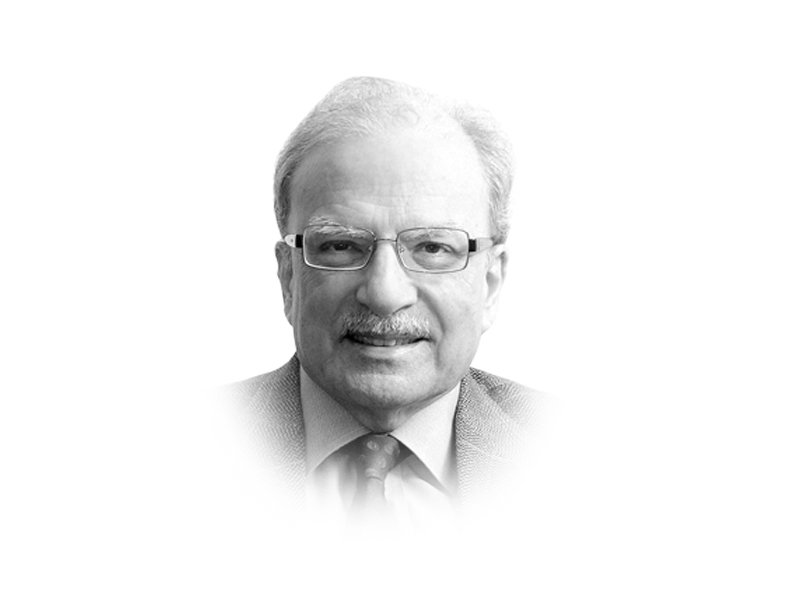
Italy became the first member of the ‘Group of Seven’ rich nations to take that step. As Jason Horowitz put it an assessment of this move for The New York Times, “the symbolism is striking — a powerful China drives a crack in the economic alliance that once dominated the globe and delivers a major blow to Trump administration that has been critical of the Belt and Road Initiative.”
But Germany and France were also not enthusiastic about Beijing’s plans for Trieste, the ancient port on Italy’s Adriatic Sea, citing the example of the Greek port of Piraeus which the Chinese had essentially bought. Reflecting on the Chinese move into Italy, John Bolton, the hawkish National Security Adviser in the White House, issued a strong criticism.
“Endorsing BRI lends legitimacy to China’s predatory approach to investment and will bring no benefits to the Italian people,” said a Tweet issued by Bolton’s office. In his discussion with some Italian politicians, Stephen K Bannon, once a Trump adviser and generally viewed as a white supremacist, called the Chinese initiative “British East India Company model of predatory capitalism”.
While the American pressure did not stop Italy from going ahead with the plans to participate in the BRI, Washington was able to get Rome to go slow on Huawei, the Chinese technology giant, from selling its products to develop the Italian 5G network.
There was a growing concern that China had arrived in Europe not as an economic collaborator but as an invader. In a paper issued on the eve of Xi’s visit, the European Union called China an “economic competitor” in critical industrial fields and a “systemic rival” politically.
European Commission’s President Jean-Claude Juncker repeated that refrain while Xi and his wife were being feted in Rome in the Presidential Palace with Opera singer Andrea Bocelli singing. Said Juncker, “The Chinese market is not sufficiently open to European companies and we must change that.” He added that Europe did not want to be caught sleeping while the Chinese were advancing.
China’s move into Europe was being made according to a well-thought-out plan. It began the big effort by building a new pier at the deep water Trieste port constructed by the China Communications Construction Company that would make the historic port the Chinese gateway into Europe.
For centuries Trieste, at the northern tip of Italy’s Adriatic coast, acted as a pivot point between empires. Then its fortunes declined but were being revived by the arrival of the Chinese — the country’s companies as well as its tourists. Michele Geraci, the Italian Economic Development Minister in charge of working with the Chinese, explained Beijing’s interest in the Italian port as a way of getting the commodities from its vast network in Africa to China by using both land and sea.
The Xi’s visit coincided with the observance of the 300th anniversary of Emperor Charles VI of Austria declaring Trieste to be a free port. American businesses were also getting interested in the deep-water port but found that the Chinese presence might work against their plans. Microsoft, for instance, was exploring the possibility of constructing an underwater data centre that would cool its giant servers. They were looking at the site the Chinese are developing as a pier for their ships.
Defying pressures from both Washington and Brussels, Italy went ahead and signed an agreement that would make it formally a part of the BRI investment programme. Along with this agreement, a host of Chinese and Italian ministers put signatures on 29 separate documents at Rome’s Villa Madama.
The symbolism of these moves was not lost on those who observed and analysed the direction in which Rome had decided to move in a global system that was under-reconstruction. According to one, “it signaled waning American influence, a rising China and tensions among the founding partners of the European Union.”
There were also differences among the Italian policy makers. Interior Minister Matteo Salvini, Italy’s most powerful politician, was absent from the signing ceremony. He had publicly assumed a more American-aligned and skeptical posture towards the China-Italy deal, ridiculing the notion that China was a “free market.” His coalition partner, Luigi Di Maio, the leader of the anti-establishment Five Star Movement had been enthusiastic about the agreement. He had made several visits to China before President Xi came to his country.
The critics of the Italian move said that Rome had turned itself into a Trojan horse, allowing China’s economic and possibly military and political expansion into the European mainland. But those in favour looked to Beijing to help it lift its lagging economy burdened with crushing debt. It expected relief with Chinese capital for investment and access to its large market for Italian exports.
Those in the government were puzzled by the opposition of Germany and France to the Italian move. They believed that the agreement gave Italy a chance to catch up other large European nations that did much more business with China. Zeno D’Auguston, the President of the Trieste Port Authority, said it was only natural that Italians were looking at China because the Trump administration had withdrawn from the world.
China, he said, “is opening because it feels strong”, and a port like Trieste had to do business with those that were engaged. China was now very engaged. After the signing ceremony, President Xi took off for the Sicilian capital, Palermo, a port city well known for its oranges which it hopes to export to the large Chinese market.
After the visit to Italy, President Xi and his large party flew to Nice in France, where he met the President of France, the Chancellor of Germany and the President of the European Union. His reception there was different. This will be the subject of next week’s article.
Published in The Express Tribune, April 1st, 2019.
Like Opinion & Editorial on Facebook, follow @ETOpEd on Twitter to receive all updates on all our daily pieces.



1730959638-0/trump-(19)1730959638-0-165x106.webp)








COMMENTS
Comments are moderated and generally will be posted if they are on-topic and not abusive.
For more information, please see our Comments FAQ